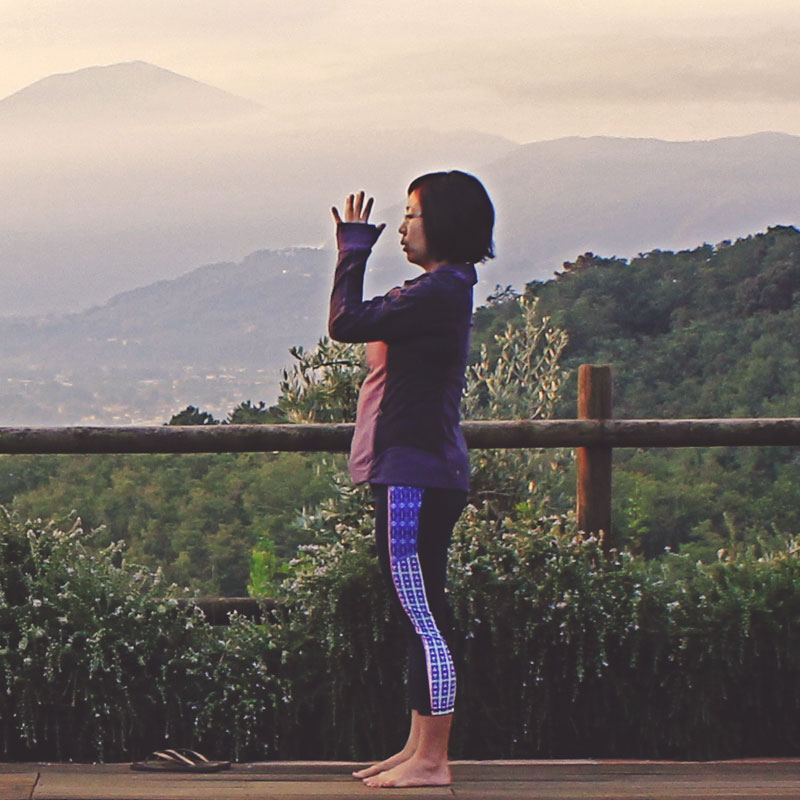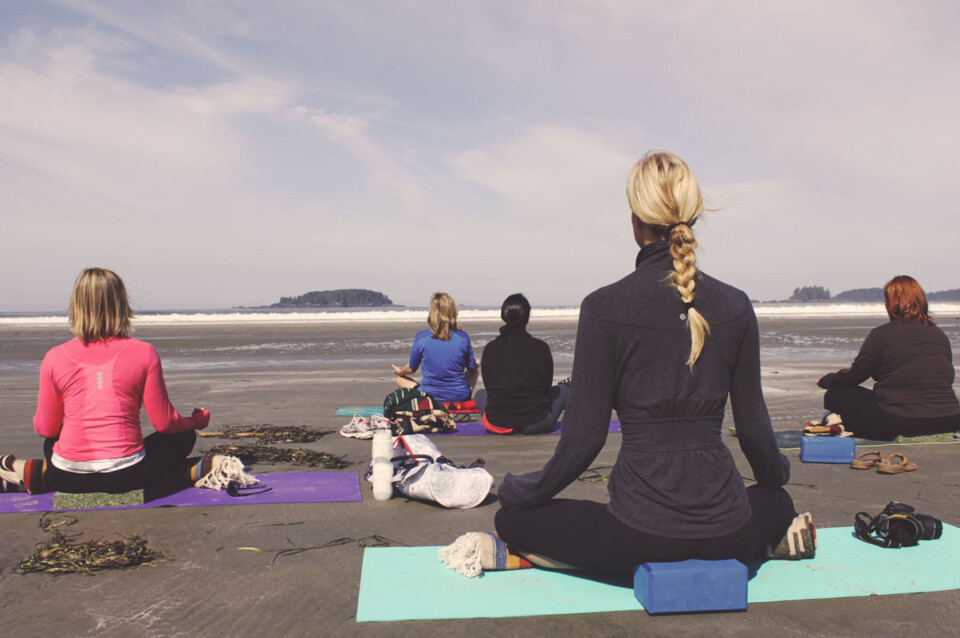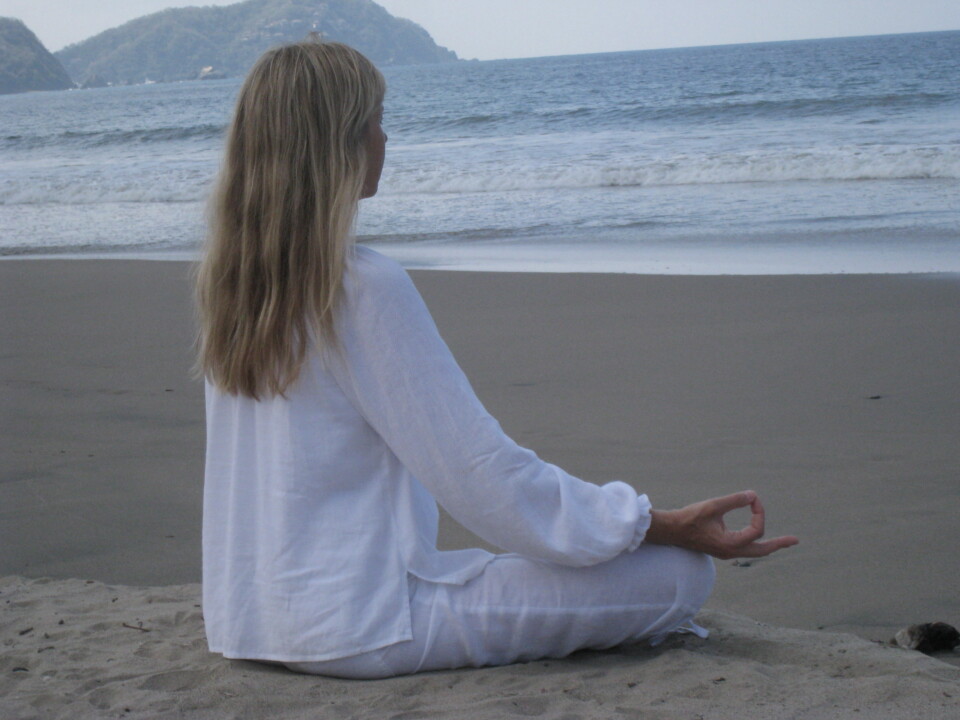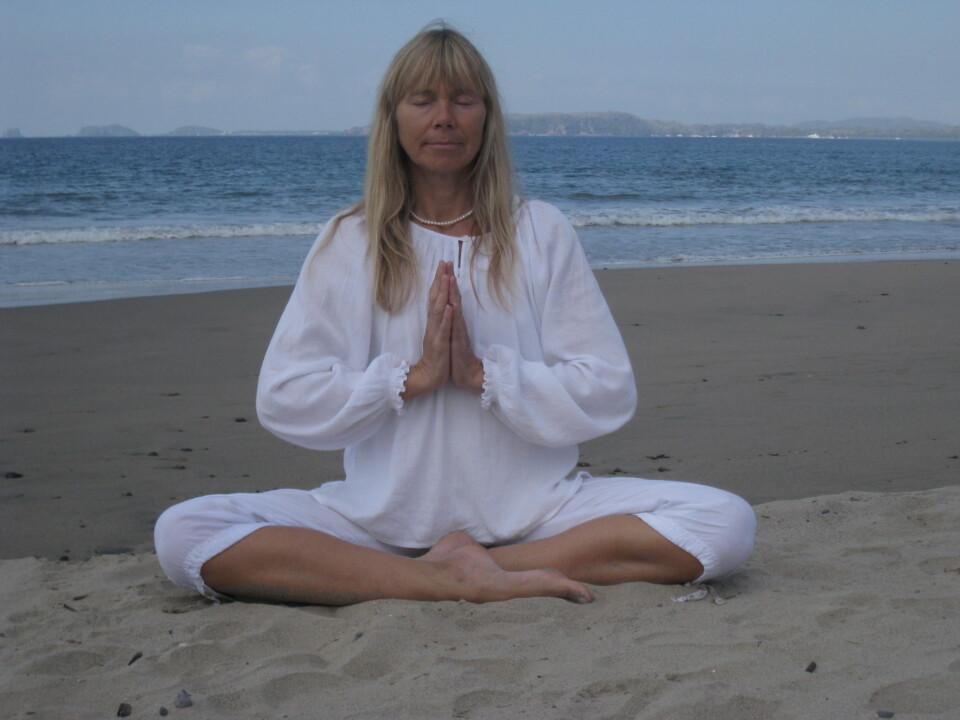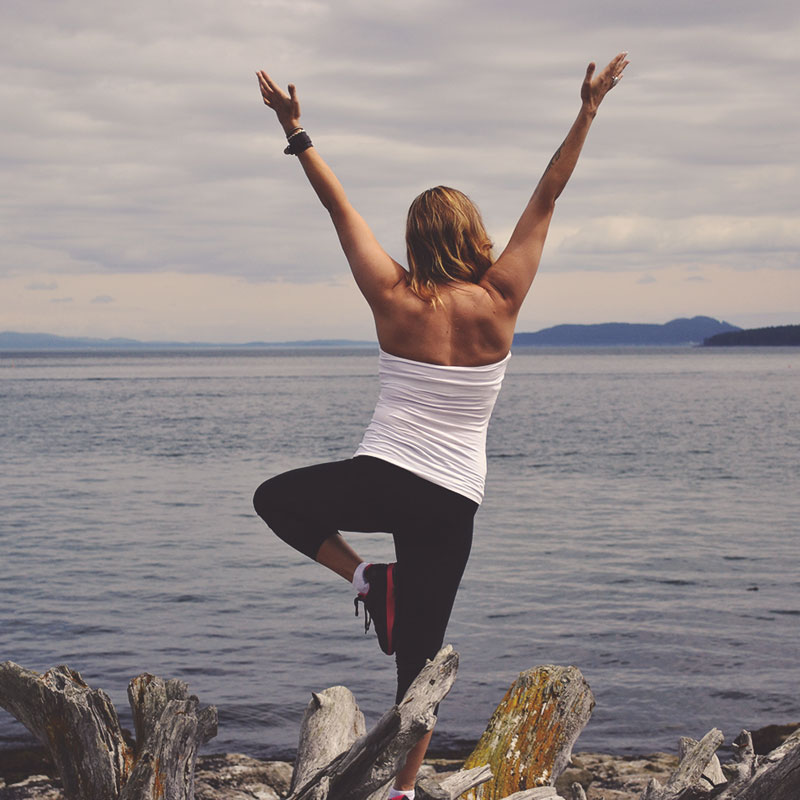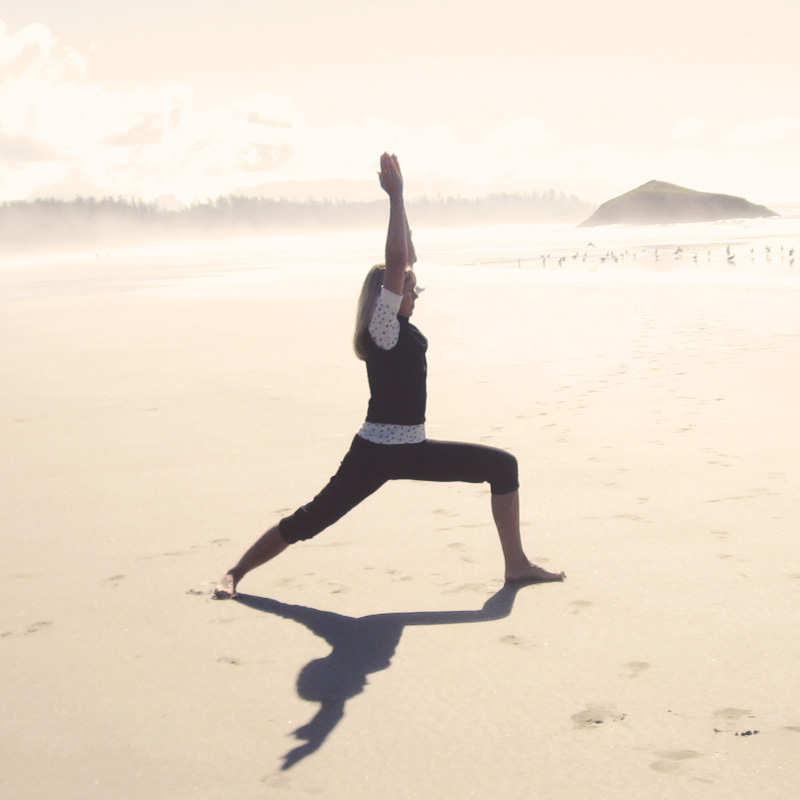Yoga on the Farm – May Long Weekend – May 16 - 20, 2024
Yoga on the Farm – Deepen Your Practice – July 4 - 9, 2024
Yoga on the Farm – Fall Retreat – Thanksgiving – October 9 - 13, 2024
Yoga and Walking in Tuscany – 2024 - Contact Dorothy. Dates not confirmed yet.
YOGA & WALKING ON THE ISLAND OF ISCHIA, ITALY – 2024 - Contact Dorothy. Dates not confirmed yet.
What is Yoga?
Yoga is a life changing practice. You will realize even after the first yoga class that yoga is much more than just stretching. The focus and concentration on body and breath make the class like a ‘moving meditation’. This leaves one feeling calm and serene and ready to face the world with inner peace and stability.
Benefits of Yoga
The benefits of yoga are immediate. Yoga is an important tool to achieve mental health and clarity, as well as keeping the body fit and strong. Yoga can improve your life on all levels. Through the practice of yoga you may experience the following benefits:
- A greater enjoyment of life.
- More comfort in your body, through greater strength and flexibility.
- Daily challenges and tasks will be met with greater ease.
- A more focused mind.
- More confidence.
- More inner peace and clarity, allowing access to inner wisdom.
- Less anxiety and fear.
- Greater acceptance and love for others and yourself.
- Connection to Higher Self.
- Generally a HEALTHIER YOU!
A Short History of Yoga
Yoga is an ancient health system that dates back some 5000 years. The word literally means ‘union’ in Sanskrit, and yoga’s fundamental purpose is to unite mind, body and soul.
The body needs health, the mind needs knowledge, and the soul or spirit needs inner peace. Regular practice of yoga can fulfill these needs, while simultaneously bringing your ‘individual’ consciousness into union with your ‘higher’ consciousness, to a state where we feel at one with the universe.
Yoga is classically divided into 8 ‘paths’ or ‘limbs’. Think of them as ‘guidelines’ for rightful and healthful living, as well as ‘tools’ to help us realize our innermost being.
The 8 Limbs:
Yamas Guidelines for ethical living
Niyamas Self discipline and spiritual observances
Asana The poses
Pranayama Breathwork
Pratyahara Transcending the senses, allowing us to observe ourselves truly
Dharana Focused attention on a single point
Dhyana Meditation
Samadhi Transcendence of the Self. A profound connection to the Divine. An interconnectedness with all living things
Asana, Pranayama and Dhyana
Three of the most well known limbs are asana (poses), pranayama (breath work), and dhyana (meditation).
Asana, or poses, are designed to stimulate the body’s innate ability to heal itself. These poses not only stimulate the muscles and joints of the body but also the lungs and respiratory system and the heart and circulatory system. Yoga calms and tones the nervous system and stimulates digestion.
Pranayama is the control of the breath. Prana is “life force energy”, a vital energy that pervades the whole universe. The literal translation of pranayama is “life force extension.” Through regulating and extending the breath in breathing exercises we increase this vital energy within the body. This strengthens and cleanses the nervous system and makes the mind calmer and more focused. We rejuvenate the body and recognize the connection between the breath, the mind, and the emotions.
Dhyana, or meditation, is ultimately, being in a state of awareness without focus. At this stage, the mind has been quieted, and in this stillness produces few or no thoughts at all. This is achieved by constant observation of the mind. Often focusing the mind on one point, such as the breath or a mantra (repeating syllables or prayers) which stills the mind in order to perceive the Self or connection the infinite or God.
Shop Yoga Products
B Yoga
Great mats, blocks, and yoga belts! Free shipping over $50.
15% off of first order with B-Yoga using this link.
Use discount code DOROTHYOGA_15
Halfmoon
Everything you need for at-home practice! Free Shipping over $75.
15% off of first order with Halfmoon using this link.
Use discount code DOROTHYOGA_15

